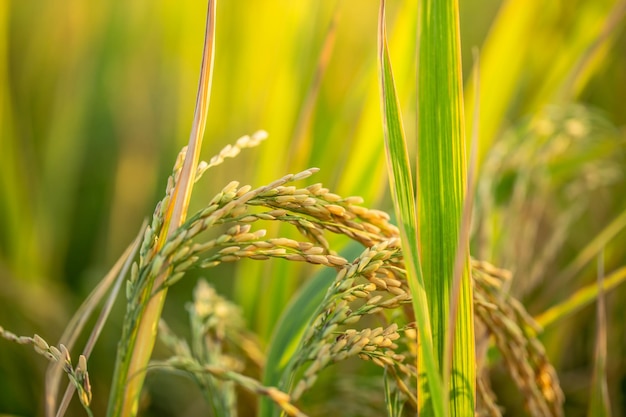
Trisha 07 is a well-known rice variety that is popular in several regions for its excellent yield potential and grain quality. While specific details about the variety can vary depending on the region, I can provide a general overview of Trisha 07 based on common traits observed in similar rice varieties.
Here are the key features of Trisha 07:
Key Features of Trisha 07 Paddy:
Duration: It typically has a medium to short duration, around 130-140 days from sowing to harvest, making it suitable for areas with a relatively shorter growing season.
Plant Height: The plant height is generally moderate, around 80-95 cm, which helps reduce the risk of lodging (when the plant falls over due to wind or rain) while still allowing for good tillering and panicle development.
Grain Quality:
- Grain Size: Medium to long grains.
- Grain Color: It often produces white or cream-colored grains, which are preferred in both domestic and export markets for their cooking quality.
- Appearance: The grains are typically attractive and hold their shape well during cooking, which is a desirable trait.
Yield Potential:
- Yield: Trisha 07 has a good yield potential, often ranging from 18-22 quintals/acre (depending on local soil fertility, water management, and other factors). It can be a high-yielding variety when cultivated under optimal conditions.
Disease Resistance: Trisha 07 is often noted for its resilience to common rice diseases like rice blast, bacterial blight, and leaf spot. However, like all rice varieties, it still requires regular monitoring and pest control measures.
Ideal Growing Conditions:
- Water: Requires well-irrigated fields, and is typically grown in lowland or irrigated fields.
- Soil: Prefers loamy or clay-loam soils, which retain moisture well while still providing good drainage.
- Climate: It thrives in humid, tropical climates, but can also do well in subtropical areas if the temperature and water conditions are suitable.
Cultivation Tips for Trisha 07:
- Land Preparation: Ensure that the soil is properly leveled for efficient water management. Fields should be puddled before transplanting the seedlings to ensure good establishment.
- Seed Rate: Depending on whether you are broadcasting or transplanting, the seed rate can vary. For transplanting, around 30-35 kg/acre of seeds is typical. If you’re direct sowing (broadcasting), this may increase.
- Fertilization: Apply balanced fertilizers based on soil tests. A typical recommendation includes a good mix of NPK (Nitrogen, Phosphorus, Potassium), but always adjust based on soil conditions.
- Water Management: Maintain flooded fields during the growing period, particularly during critical stages like flowering and grain filling. Drain the field a few weeks before harvesting to allow the grains to mature fully.
Pests and Disease Management:
- Monitor for pests like stem borers, yellow stem borer, and leafhoppers.
- Use integrated pest management (IPM) practices to control these pests, such as introducing natural predators, using resistant varieties, or applying biocontrol agents when necessary.
- Fungicides or bactericides may be required for controlling diseases like rice blast or bacterial blight.
Market Potential:
- Grain Quality: The medium- to long-grain size, white color, and good cooking quality make Trisha 07 a favorable choice in the market. It’s often used for table rice, processed rice, and export.